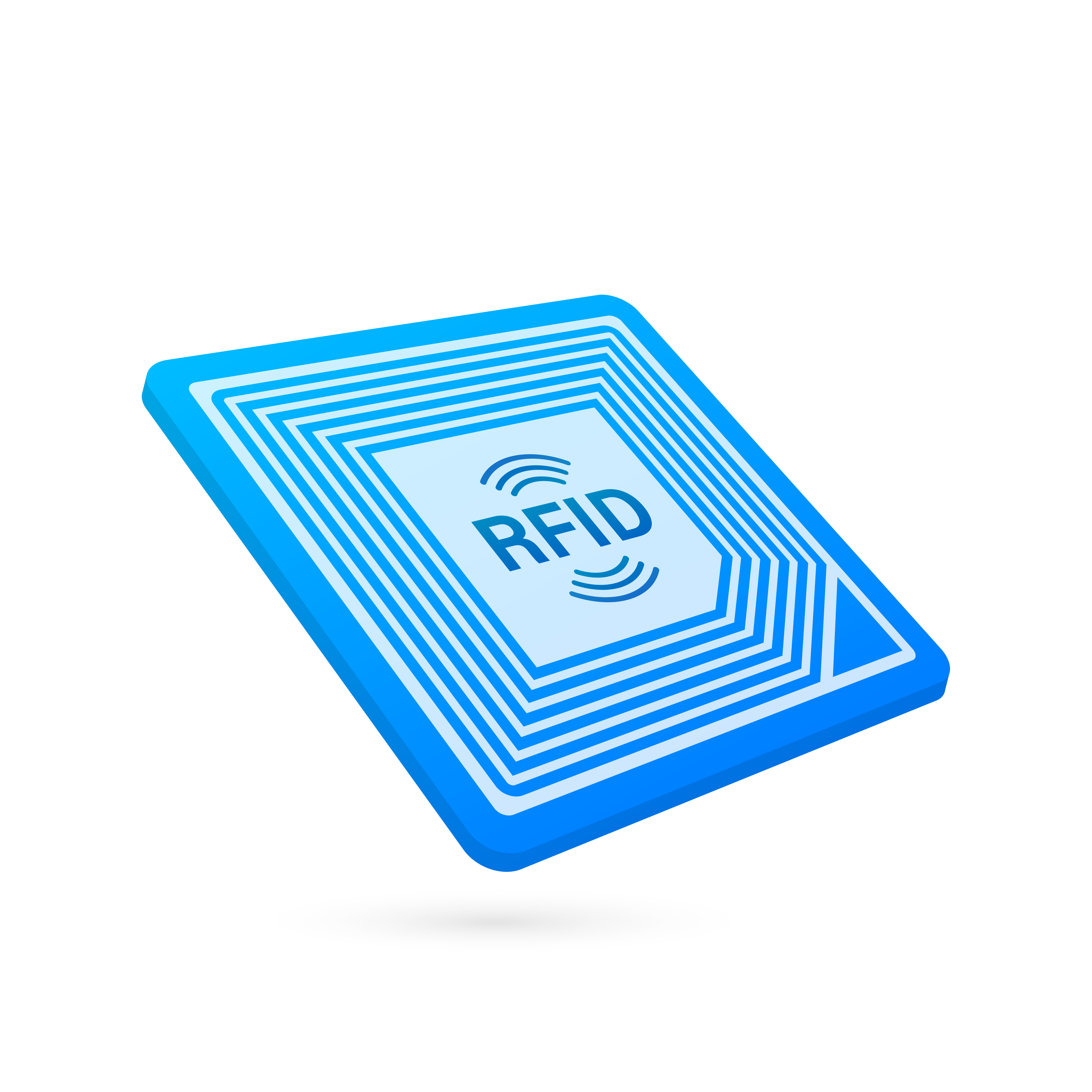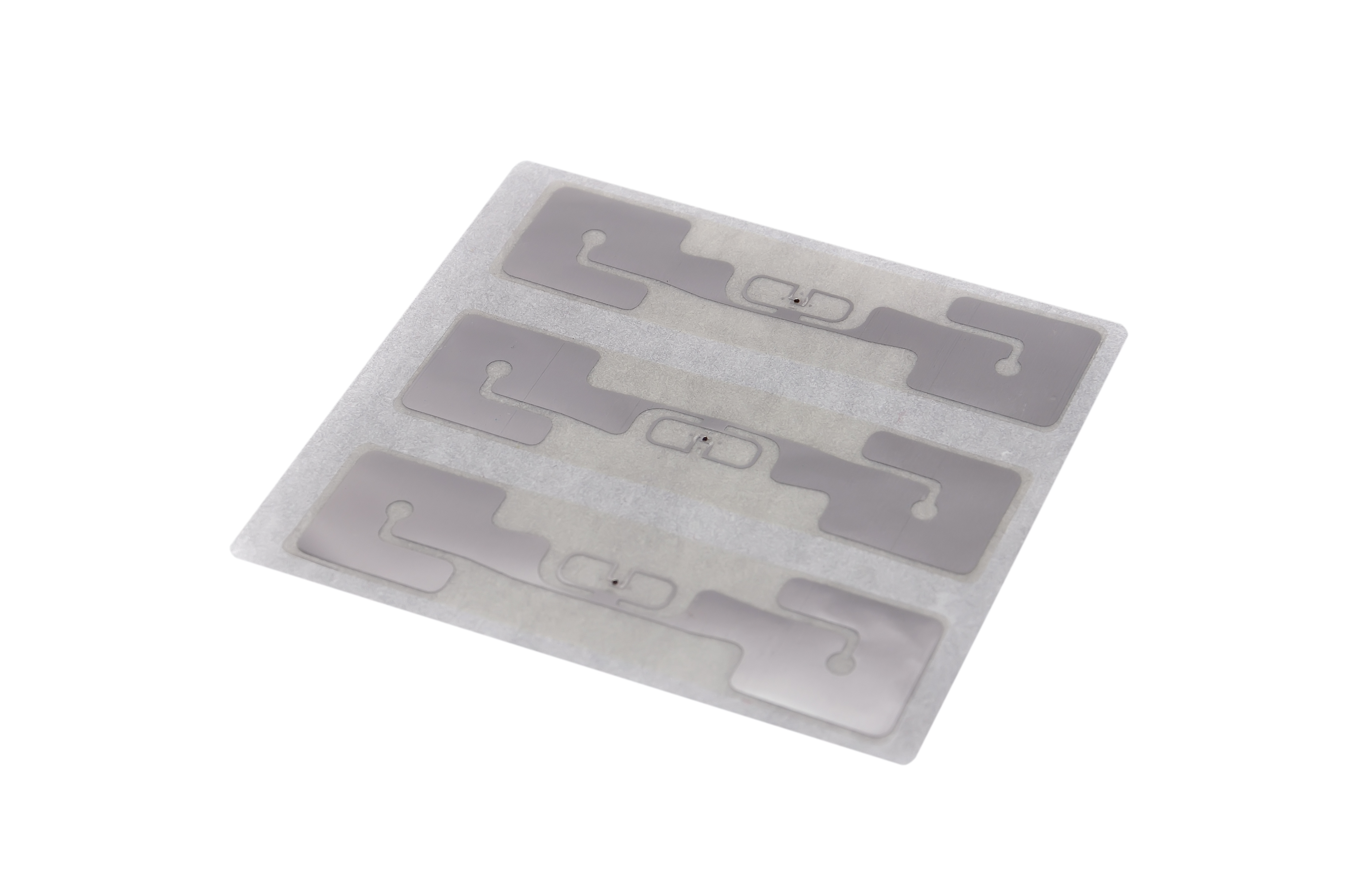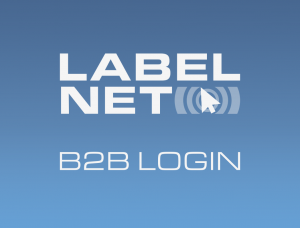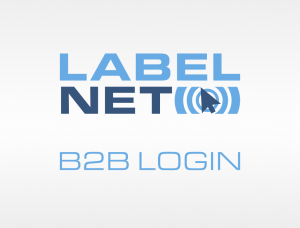RFID
What is RFID?
RFID, or Radio Frequency Identification, uses radio waves to transmit data between a tag and a reader to identify and track objects. A typical radio frequency identification system system is made up of three key components being a radio transponder (tag), a transmitter (antenna) and a transceiver (reader). The tag, or RFID label, is usually attached to an object and the reader collects the data stored on the tag. Radio frequency identification labels can store far more information than traditional linear barcodes and do not require line of sight when scanning. This allows users to keep track of their inventory more accurately and perform full stock counts within minutes.
How does Radio Frequency Identification work?
Radio frequency identification labels and tags contain tiny chips that store information about the object they’re attached to. These chips are powered by electromagnetic fields that are generated by RFID readers. When a radio frequency identification reader is within range of a tag, it powers the tag and reads the data stored on it. This data is then transmitted to a computer system, where it can be used to track inventory or for other intended purposes. The tag contains a microchip that stores information about the item it is attached to. The chip can store anything from a simple identification number to complex data such as product specifications or history. The tag also contains a unique serial number that allows it to be identified by the system.
Radio frequency identification tags are available in two main types: active and passive. Active tags contain batteries, which power the tag and allow it to transmit data over a longer distance. Passive tags on the other hand, do not have batteries and must be within close range of an RFID reader in order to be powered and read. Active tags are more expensive than passive tags, but they do offer some advantages in terms of range and data storage capacity.
Applications for RFID
Radio frequency identification technology is used in a variety of applications including inventory management, asset tracking, and security. Retailers use RFID to keep track of their inventory and to make sure that products are available when and where their customers require. Hospitals use RFID to track patient information and medical supplies and businesses use RFID to track assets. RFID tags are also used in many security applications such as access control and identity verification.
Advantages of Radio Frequency Identification
Radio frequency identification technology offers many advantages over traditional methods of data collection such as barcodes. Radio frequency identification tags can store more information than barcodes, can be read from a distance and do not require line of sight for detection. RFID technology is also much faster to use than barcode technology as it can be used to detect many objects simultaneously. This makes RFID an ideal solution for tracking inventory and assets.
Radio frequency identification tags are more expensive than barcodes and they do require investment in special infrastructure, such as RFID readers, to work effectively. That said, RFID pricing is now at the point where many users can demonstrate a solid return on investment for their business. Contact us today to speak with one of our professionals about how you can enhance your inventory and asset tracking and increase efficiency in your business.







